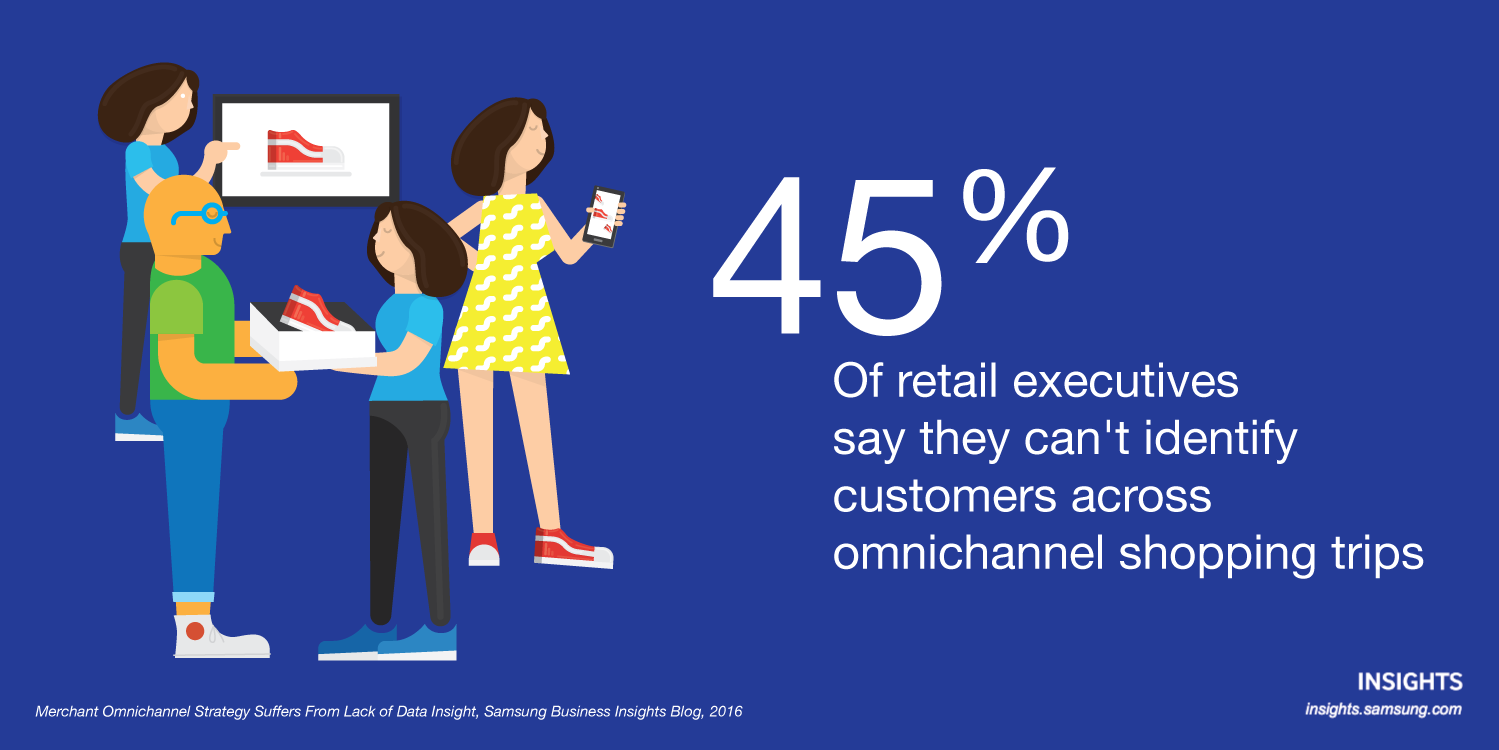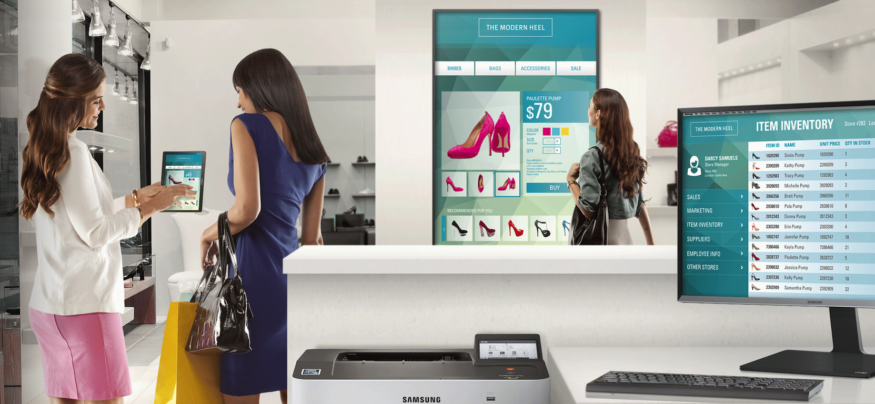Recent research shows that merchants’ omnichannel strategy suffers from a lack of data insight, leading to unmet customer expectations and unrealized business potential.
Though Retail Dive reports that 62 percent of retailers have introduced omnichannel services, customers and retailers alike are dissatisfied with their current implementations. According to a new survey from Periscope, about one-fifth (21 percent) of retail executives say they’re more confident in their omnichannel strategies than they were a year ago, while nearly half (45 percent) say their efforts aren’t advancing fast enough.
Retail executives cited four primary challenges in developing successful omnichannel strategies (the survey permitted multiple answers):
- Two-thirds cited lack of customer analytics across separate channels
- Nearly half (48 percent) blamed silos of information within the organization
- Forty-five percent cited poor data quality
- Forty-five percent blamed an inability to identify customers across shopping trips
Steps to a Successful Omnichannel Strategy
Retail executives need to overcome these barriers — which they know won’t be easy — in a way that enables them to gain the financial benefits of a true omnichannel strategy as well as meet customer expectations through access to unified data across all channels.
The first step is to capture important data and make it accessible and available across all channels in real time. Point-of-sale (POS) and online ordering and fulfillment technologies need to integrate with inventory systems to provide insight into the availability of merchandise across all channels. According to a recent Forrester report, 45 percent of consumers expect sales associates to be experts about products offered both in the physical store and online. Additionally, 43 percent expect sales associates to be able to check additional inventory when the shelves are empty. However, according to the report, 52 percent of retailers cite “inventory accuracy issues” as a major obstacle to rolling out omnichannel programs, such as the ability to order online and pick up in-store.

Wearables and mPOS Devices Support Omnichannel Strategies
Some retailers are finding success in conquering this challenge by employing wearables such as smartwatches equipped with CRM systems to provide salespeople with a convenient, instantaneous way to accessing inventory data and product information. Immediate access to product information is essential, as smartphones enable today’s consumers to have such information at their fingertips at all times, and they’ve often already done much of their own research. Therefore, sales associate must have instantaneous access to inventory, competitors’ products and other data to fill in any gaps for the consumer in order to meet customer expectations.
Integrating wearables into the warehouse environment can also improve data-driven operations for employees there. In a Dutch warehouse trial, wearables increased the efficiency of identifying and assembling orders by a full 25 percent, enabling better end-to-end insight into inventory data, overcoming a major hurdle to omnichannel success.
Another technology retailers are employing to provide better inventory insight across all channels is mobile point of sale (mPOS). In addition to enabling sales associates to immediately engage customers when they’re ready to make an in-store purchase, mPOS equips employees with full real-time information on inventory, products and store promotions. The mPOS devices also support omnichannel delivery by enabling customers to choose how and when they want their products delivered.
By employing the available technologies, retailers can successfully improve on their omnichannel strategies and ensure customer satisfaction across channels.
Learn more about technology to increase customer satisfaction and engagment by visiting our retail solutions page here.










